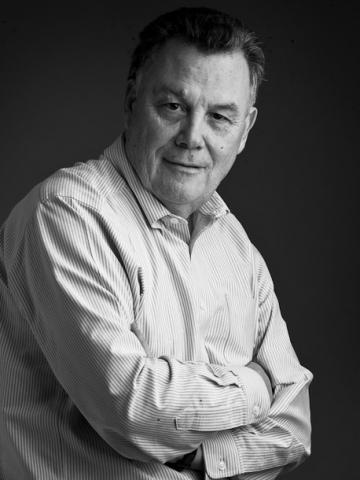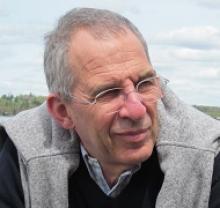HUMS 359, Cinema and Physics

Course Description:
Taking up the parallelism between the evolution of art, science and technology at the turn of 19th and 20th centuries, this course explores the bidirectional relationship between the art of moving pictures and the science of fundamental physical laws. Such a dual perspective, based on a selection of particularly telling movies, presents some of the crucial ideas that science and art dealt with in the last hundred years. Among these topics, we address questions tied to the nature of time and space, the relativity of motion, the role of the observer in physical phenomena, the coexistence of the visible and invisible, the possible existence of parallel universes, as well as concepts like light and matter, fields and waves, chaos and order, uncertainty and chance, teleportation and quantum entanglement, boundlessness and infinity, space curvature and gravity. A radical question also accompanies us throughout the course: Can the humanistic and scientific forms of thinking converge and merge? Can they help each other to become more aware of themselves? And finally, can the rigorous exploration of the world, the language of poets, the pleasure of the performance, the magic of discoveries, productively work together? The first part of the course (weeks 1 to 7) explores the stylistic and narrative strategies of early cinema, in their attempt to depict a new reality of the world. The second part of the course (weeks 8 to 13) introduces and discusses ideas of contemporary physics that have found an echo in films. This course does not require detailed knowledge of calculus.
Led By:
 |
Professor Francesco CasettiFrancesco Casetti currently teaches courses on Semiotics, on Film and Media Theories, on Post-Cinema and Technical Images, and on Media and Space. He is the author of six books, translated (among other languages) in French, Spanish, Czech, and Korean; he is also co-author of two books, editor of more than ten books and special issues of journals, and author of more than sixty essays. During the 1970s and 1980s, his research has been mostly focused on semiotics of film and television, in particular about genres, intertextuality, and enunciation. His major achievement was an extensive study on the implied spectator in film (Inside the Gaze, Indiana, 1999, or. 1986) and an edited book on television and its imagined audience (Tra me e te, 1988). During the ‘90s he increasingly moved toward an original combination of close analysis and ethnographic research of actual audiences, introducing the notion of “communicative negotiations” (L’ospite fisso, 1995, on media consumption in 32 Italian families, and Communicative Negotiation in Cinema and Television, 2002, on the idea of “communicative pact” and “communicative situation”). More recently he explored the role of cinema in the context of modernity (Eye of the Century. Film, Experience, Modernity, Columbia, 2008, or. 2005) and the reconfiguration of cinema in a post-medium epoch, comparing this shift with the rise of cinema at the beginning of 20th Century (The Lumière Galaxy: Seven Key words for the Cinema to Come, Columbia, 2015). He has also significantly written, and still writes, on film theories (Theories of Cinema. 1945-1995, Texas, 1999, or. 1993, and the anthology Early Film Theories in Italy. 1896-1922, AUP 2017). His next projects are an wide-ranging analysis of the anxieties that cinema raised in the first decades of the 20th Century, compared with the iconophobic tradition and with the fears triggered by the contemporary media, and (with Bernard Geoghegan) an innovative archaeology of the screen, starting from the Phantasmagoria of 18th Century to the contemporary mobile hand held devices. |
|
|
Professor Michel DevorotProfessor Devoret’s research focuses on experimental solid state physics with emphasis on “quantronics,” i.e., mesoscopic electronic effects in which collective degrees of freedom like currents and voltages behave quantum mechanically; basic understanding of quantum non-equilibrium physics of superconducting circuits for information processing, such as quantum computation and quantum sensing. He directs the Applied Physics Nanofabrication Lab at Yale |
